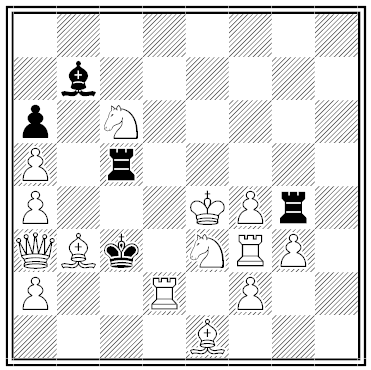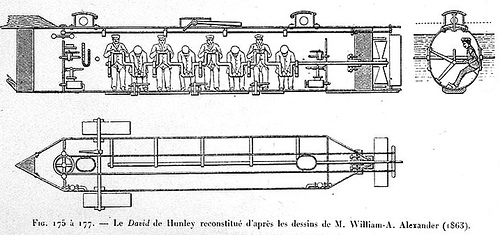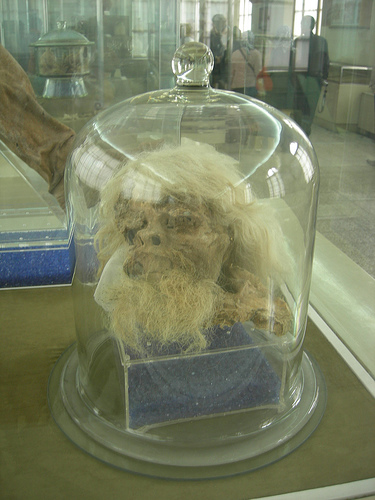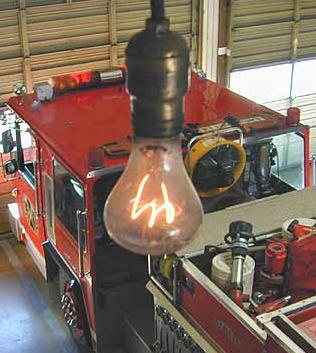John Cazale is not a household name, but he should be. When the actor died at age 42, he’d made only five films, but every one of them was nominated for best picture:
- The Godfather
- The Conversation
- The Godfather Part II
- Dog Day Afternoon
- The Deer Hunter
That alone would have made him unique in Hollywood history, but he added a hat trick. In 1990, 12 years after his death, Francis Ford Coppola used archive footage to include Cazale in The Godfather Part III (as Fredo Corleone).
That too was nominated for best picture.





